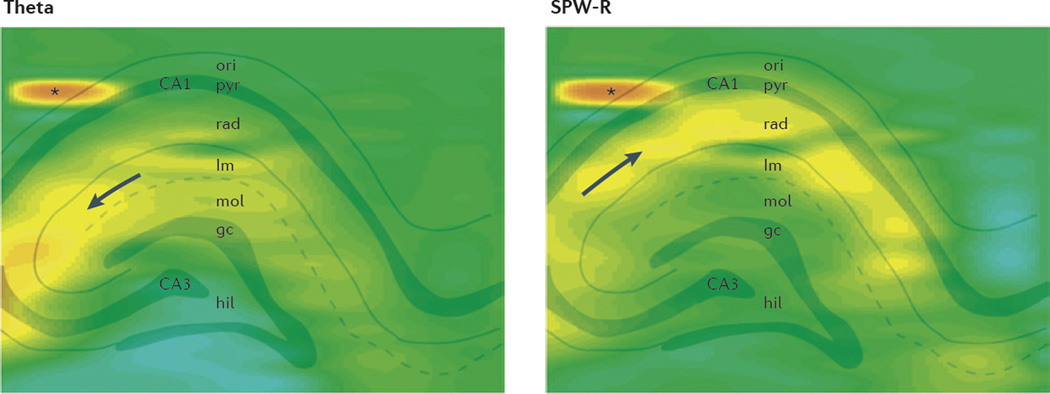Figure 6. Spikes are embedded in unique synapsembles and spatially distributed LFP.
Spike-triggered averages of the local field potential (LFP) in the hippocampus during exploration (left panel) and sleep (right panel). During exploration, spikes were sampled while the rat ran on a linear track for a water reward; during sleep, spikes were sampled during sharp wave-ripples (SPW-R). Recordings were made by an eight-shank (300 µm intershank distance), 256-site silicon prove (32 recording sites on each shank, linerarly spaced 50 µm apart). The LFP was smoothed both within and across shanks. The LFP was triggered by the spikes of a fast-firing putative interneuron in CA1 stratum oriens (ori; shown by a star). Both panels show a 100 µs snapshot of the LFP map at the time of the spike occurrence. Note that during exploration (left panel), the spike is associated with synaptic activity (negative wave, hot colours) mainly in the stratum lacunosum-moleculare (lm; shown by an arrow) and the dentate molecular layer (mol), indicating entorhinal cortex activation. During sleep (right panel), activity arises in CA3 and invades the CA1 stratum radiatum (rad; shown by an arrow). We propose that such LFP ‘snapshots’ reflect unique constellations of cell assemblies responsible for the discharge of the neuron. The LFP map changes characteristically with time (see Supplementary information S1 and S2 (movies)). We suggest that the time-evolving constellation of the LFP map or vector reflects a unique distribution of postsynaptic potentials (that is, synapsembles139) brought about by the evolving spike assemblies within and upstream of the hippocampus. Sufficiently high-density LFP recordings can therefore be informative of the evolving cell assemblies that bring about the LFP changes. gc, granule cell layer; hil, hilus; pyr, pyramidal layer. Figure courtesy of A. Berényi and Z. Somogyvári, New York University, Langone Medical Center, USA.

